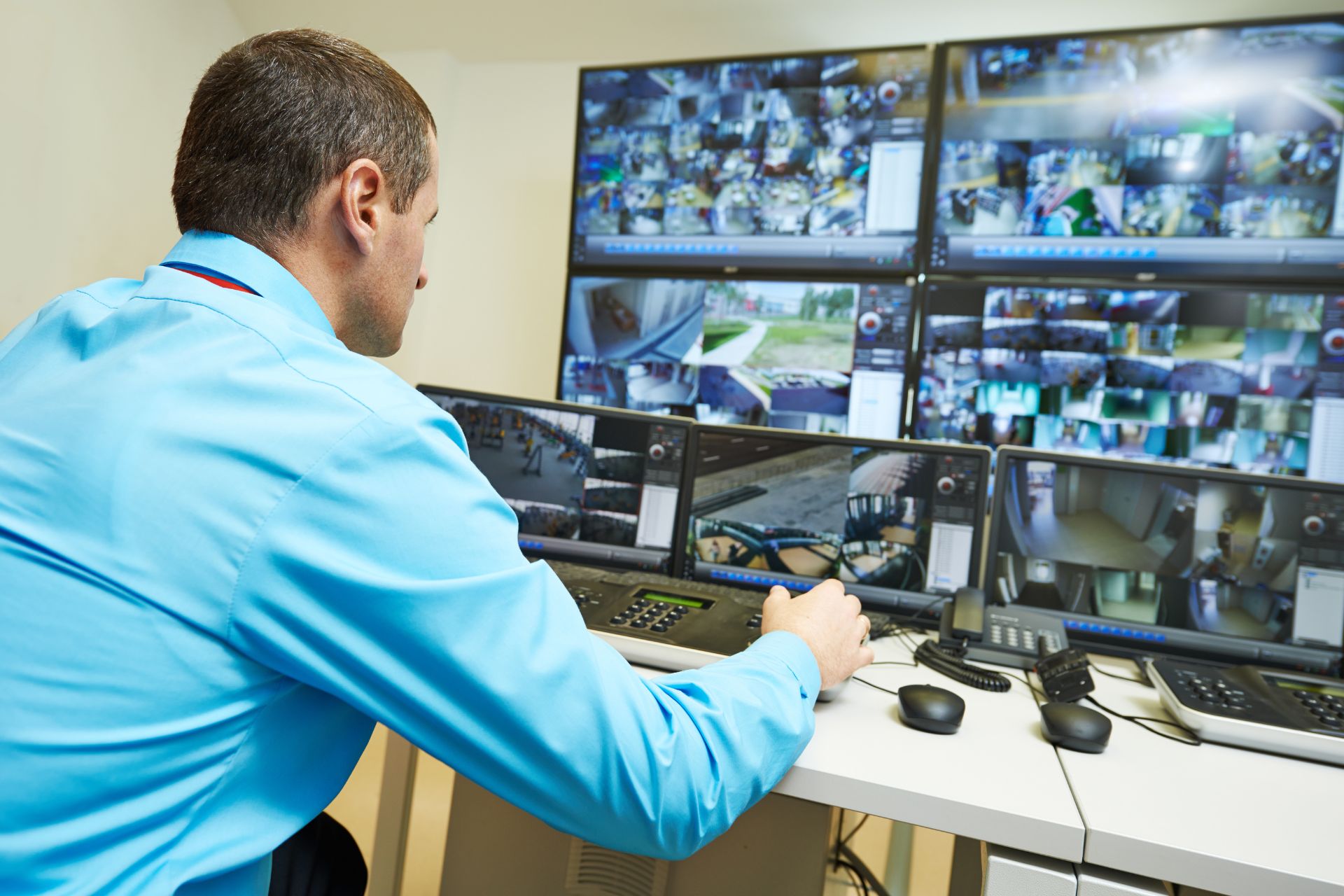Frequently Asked Questions
For optimal surveillance of entry and exit points in an office environment, strategic camera placements are essential to ensure comprehensive coverage and enhance security measures. High-definition IP cameras should be installed at main entrances and exits, positioned at eye level to capture clear facial recognition and license plate details. Additionally, placing cameras at angles that cover adjacent hallways and stairwells can help monitor foot traffic and deter unauthorized access. Utilizing wide-angle lenses can maximize the field of view, while dome cameras can be discreetly mounted in corners to prevent tampering. Furthermore, integrating motion detection technology and low-light capabilities will enhance surveillance effectiveness during off-hours. It is also advisable to consider the installation of cameras near emergency exits and loading docks, as these areas are often vulnerable to security breaches. By employing a layered approach to camera placement, including both indoor and outdoor units, an office can significantly bolster its security infrastructure and ensure a safer working environment.
To ensure that a security camera system complies with local privacy laws, it is essential for the owner to conduct thorough research on applicable regulations, such as the General Data Protection Regulation (GDPR) in Europe or various state-specific privacy statutes in the United States. This involves understanding the legal requirements surrounding data collection, storage, and usage, including obtaining consent from individuals being recorded, implementing clear signage indicating surveillance areas, and establishing protocols for data retention and access. Additionally, the owner should consider the placement of cameras to avoid capturing footage of private spaces, such as neighboring properties or areas where individuals have a reasonable expectation of privacy. Regular audits of the system, along with training for personnel on privacy best practices and compliance measures, can further enhance adherence to legal standards. Engaging with legal counsel specializing in privacy law can also provide valuable insights into maintaining compliance while effectively utilizing surveillance technology.
For high-resolution security camera footage, robust storage solutions are essential to ensure reliable data retention and accessibility. Network Video Recorders (NVRs) equipped with high-capacity hard disk drives (HDDs) or solid-state drives (SSDs) are commonly recommended, as they provide the necessary bandwidth and speed for handling large video files generated by 4K or even 8K cameras. Additionally, cloud storage options, such as hybrid cloud systems, offer scalable solutions that facilitate off-site backup and redundancy, protecting against data loss due to hardware failure or theft. Implementing RAID (Redundant Array of Independent Disks) configurations can further enhance data integrity and performance by distributing video data across multiple drives, thus ensuring continuous recording and playback capabilities. Furthermore, utilizing video compression technologies like H.265 can significantly reduce storage requirements while maintaining high image quality, making it easier to manage extensive surveillance footage over extended periods. Overall, a combination of local and cloud-based storage, along with advanced data management strategies, is crucial for effectively handling the demands of high-resolution security camera systems.
Integrating security cameras with existing office alarm systems involves a systematic approach that enhances overall surveillance and security management. First, a thorough assessment of the current alarm infrastructure, including motion detectors, door/window sensors, and control panels, is essential to identify compatibility with IP or analog camera systems. Utilizing a centralized security management software can facilitate seamless integration, allowing for real-time monitoring and alerts through a unified interface. Additionally, employing network video recorders (NVRs) or digital video recorders (DVRs) can streamline video storage and retrieval, while ensuring that the alarm system triggers specific camera feeds during security breaches. Implementing features such as remote access, cloud storage, and automated notifications can further bolster the security framework, providing comprehensive situational awareness and enhancing response protocols. Furthermore, ensuring that all devices are connected via secure networks, utilizing encryption and robust authentication methods, is crucial to mitigate vulnerabilities and protect sensitive data.
When selecting security cameras for low-light office environments, several key features are essential to ensure optimal surveillance performance. First and foremost, the cameras should possess advanced low-light capabilities, such as infrared (IR) night vision or starlight technology, which enhances visibility in dimly lit conditions. Additionally, a high dynamic range (HDR) is crucial for capturing clear images in scenes with varying light levels, preventing overexposure and underexposure. The resolution of the camera, ideally 1080p or higher, plays a significant role in ensuring detailed image quality, while wide-angle lenses can provide broader coverage of the workspace. Furthermore, features like motion detection, digital noise reduction, and smart analytics can enhance the effectiveness of monitoring by minimizing false alarms and improving image clarity. Connectivity options, such as Wi-Fi or Ethernet, along with compatibility with video management systems (VMS), are also important for seamless integration into existing security infrastructures. Lastly, the durability and weather resistance of the cameras, particularly if they are to be installed near windows or in areas with variable lighting, should not be overlooked to ensure long-term reliability.

